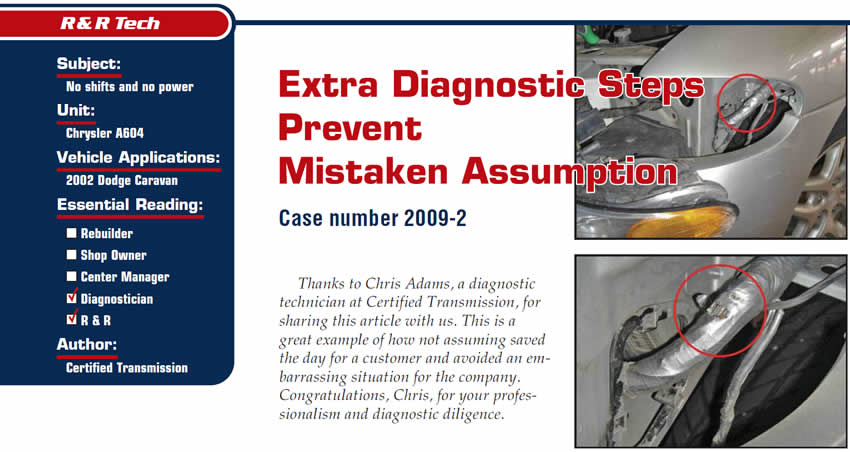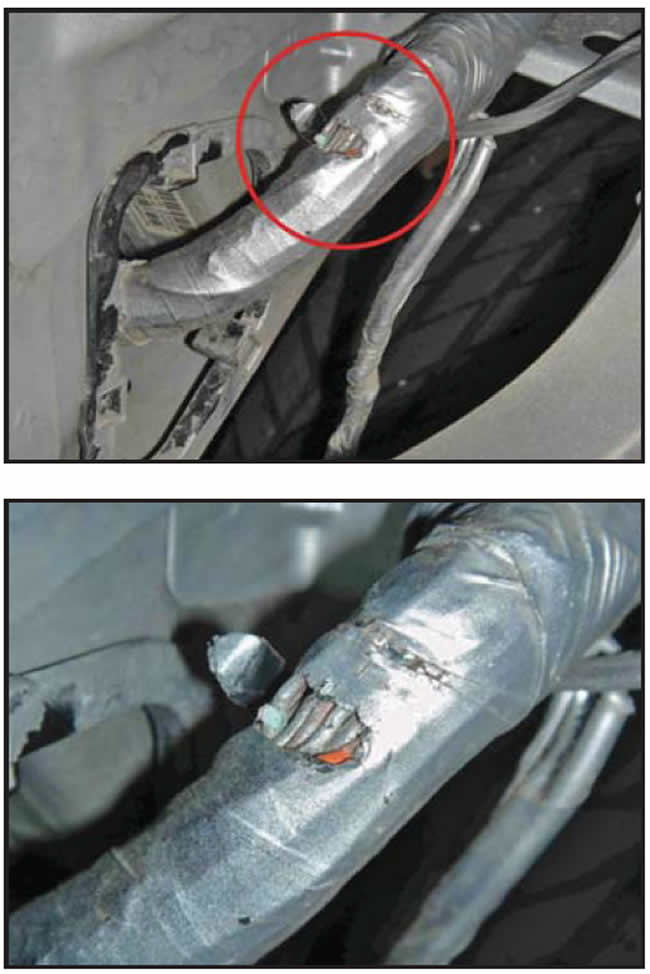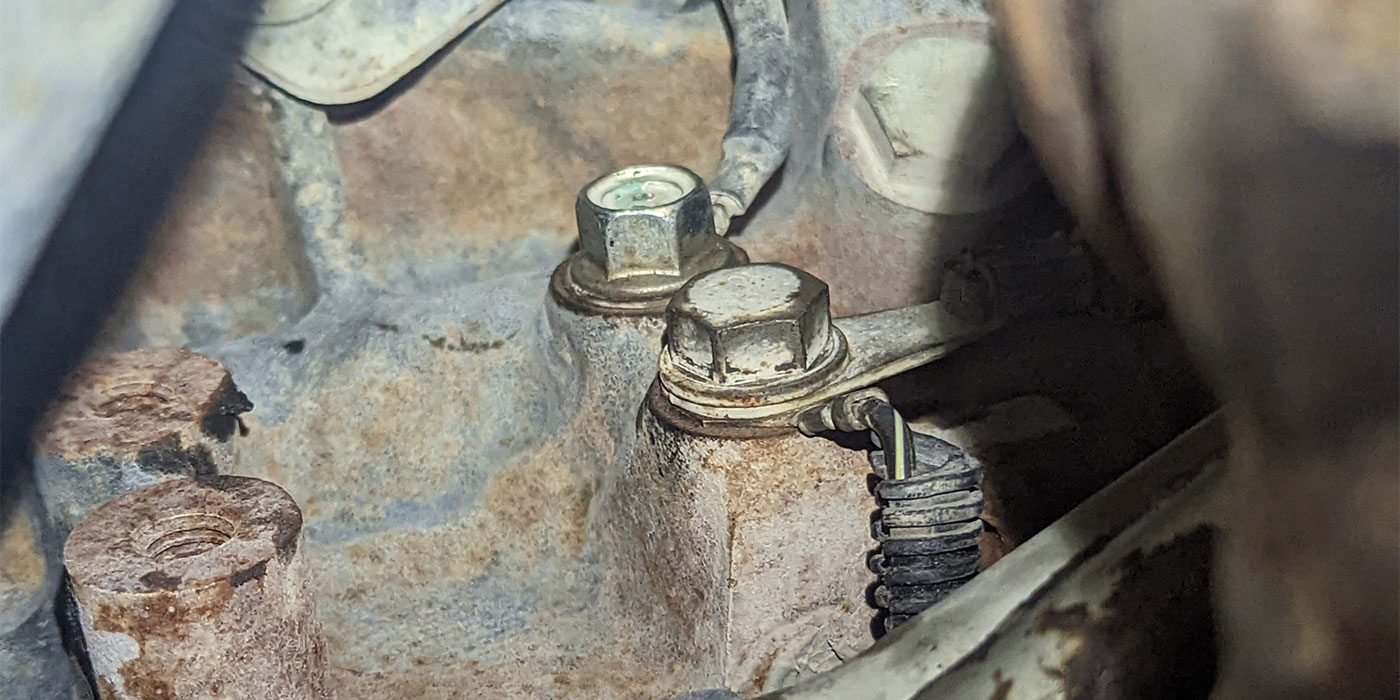
R&R Tech
- Subject: No shifts and no power
- Unit: Chrysler A604
- Vehicle Application: 2002 Dodge Caravan
- Essential Reading: Diagnostician, R & R
- Author: Chris Adams
Case number 2009-2
Thanks to Chris Adams, a diagnostic technician at Certified Transmission, for sharing this article with us. This is a great example of how not assuming saved the day for a customer and avoided an embarrassing situation for the company. Congratulations, Chris, for your professionalism and diagnostic diligence.
A 2000 Dodge Caravan with a 604 transmission was brought into one of our Certified Transmission locations with the customer concern of no shifts and no power. Our initial diagnostic checks confirmed that:
- The transmission was in limp mode
- The speedometer was inoperative
- The PRNDL lights were illuminated.
We tried to run a scan, but the scan tool would not communicate with the TCM. However, it did communicate with the PCM and ABS computer.

Further testing confirmed that there was no power at TCM pin # 11, but we did have power from the ignition switch to fuse #2 under the dash and from the fuse to the firewall.
At some point between the firewall and the engine-compartment connector B33/E36 (10-pin connector right above the transmission) we lost power.
Tracing the wiring with the aid of the schematic diagram confirmed that TCM pin #11 (red/white wire) is fed power from the ignition switch (start/run/off) to fuse #2 in the junction block under the dash. The wire then runs through the inner fender and into the engine compartment in front of the battery to connector B33/E36 and then to the TCM.
Our next step was to pull the inner fender liner out, and we could not see any problems. We decided to take one more step and pulled the headlight. As you will see in the photos, the wire harness rubs on the turn-signal-bulb socket, resulting in damage to the wire.
Subsequent to this incident, we also have seen one that rubbed on the fender-support bracket, also resulting in damage to the wire.
An easy and honest assumption in this case would have been to recommend replacing the TCM. Without taking the extra diagnostic steps, we could have mistakenly sold this customer an unnecessary repair. In any event, the problem would not have been corrected until we discovered the real issue with the damaged wiring.
We hope by sharing this incident with you we will save you some grief and time when (not if) this situation comes into your shop.

Thanks to Chris Adams, a diagnostic technician at Certified Transmission, for sharing this article with us. This is a great example of how not assuming saved the day for a customer and avoided an embarrassing situation for the company. Congratulations, Chris, for your professionalism and diagnostic diligence.













